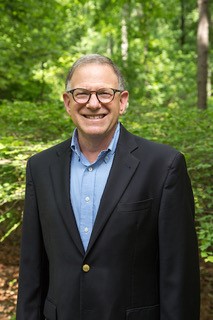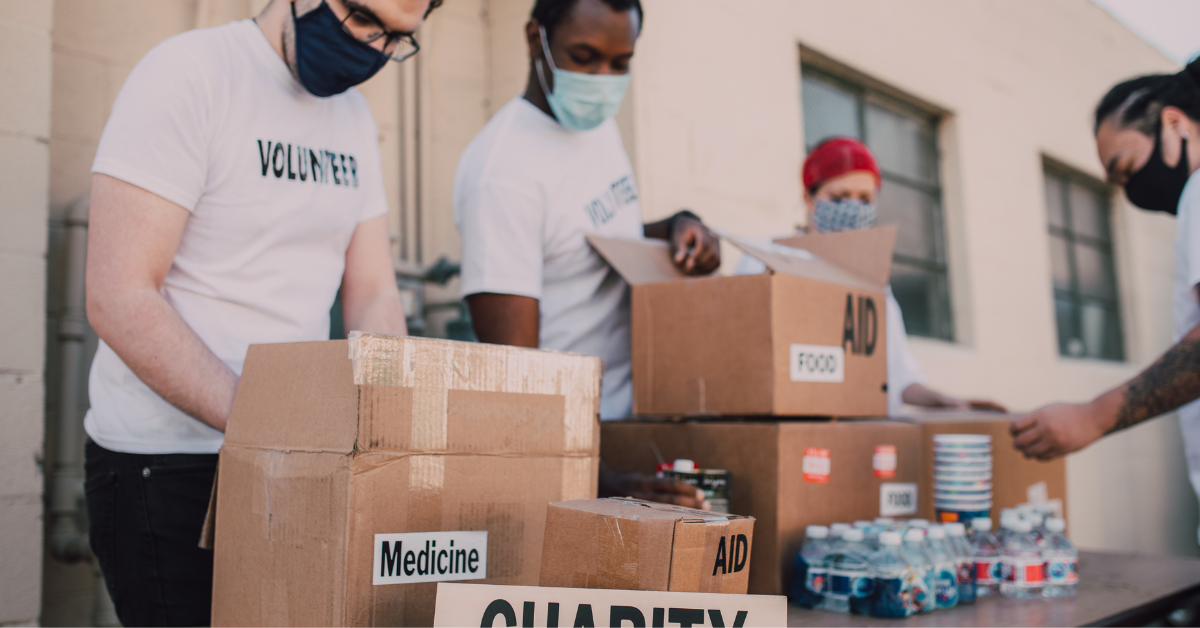
By Bobby Thalhimer
Senior Consultant
at The Monument Group.
As a nearly lifelong participant in the work of charitable foundations, it is humbling to conclude that on the whole we have not been very successful at our work. Yes, we have had many targeted successes with our grants, but intractable societal problems such as poverty, ineffective education, and poor health continue to predominate in our nation’s poorest communities. Every city has pockets of such communities, as do widespread rural areas.
Achieving a more comprehensive definition of successful grantmaking requires new tools. We must open our minds to new ideas in investing and grantmaking. Traditionally, a foundation’s investments are made in public markets, and a portion of the returns (typically about 5%) are granted within the foundation’s defined grantmaking region and areas of interest.
What if a foundation were to distribute more than 5% and could do so without unduly risking our invested capital? We can. Today forward-thinking foundations invest a portion of their assets locally in their own communities. These “program-related investments” provide below-market-rate capital to buttress the impact of traditional grants. Recognizing the value of these mission-aligned investments to communities, the IRS does not require any grantmaking from this locally invested capital. Thus, if the foundation invests wisely, it can accelerate the capital available for community needs, such as affordable housing, and maintain the foundation’s spending power through inflationary times.
Local investments can be risky due to the concentration of invested assets. So, how might philanthropies ameliorate this risk? One way is for the foundation to invest in a community financial development institution (CDFI). CDFI’s are certified by the U.S. Treasury and have been investing successfully in lower income neighborhoods and rural areas for decades. So, a foundation can keep FDIC-insured deposits at a CDFI bank, lend to at CDFI loan fund or invest in a CDFI’s equity in order to provide more lending capital within the local community. The concentration risk is reduced because such local investments are also backed by the credit of the CDFI. In Virginia, Virginia Community Capital is our primary CDFI, and other CDFI’s with a national focus are applying some of their capital here.
Inevitably, engaging in local investing (also called direct investing or impact investing) will lead to a desire to participate in more tightly targeted investment opportunities. Most foundations do not have the staff capacity to analyze and monitor these investments skillfully over the life of the investments. To serve this need, Virginia Community Capital has created LOCUS to serve grantmaking foundations nationally as they explore local impact investing, seek to unlock their capital and deploy their assets for local impact. For foundations exploring local investing for the first time, LOCUS provides staff and board training, which I highly recommend.
Humility is required to understand that traditional grantmaking may not be sufficient to maximize a foundation’s success in pursuing its charitable mission. Local investing can help a grantmaking foundation “to punch above its weight.” Also, be aware that most local projects of scale will frequently require multiple funders to pool their locally invested capital. Additionally, larger capital pools can be raised by involving non-philanthropic sectors including governmental entities, corporations, and individuals. Note that the creation of Opportunity Zones in the 2017 tax act provides substantial incentives for tax paying investors to join such collaboratives.
In sum, a humble look at a foundation’s long-term success in accomplishing its mission requires that its trustees consider three possibilities:
- Increase the foundation’s locally applied capital beyond the 5% of assets typically granted to include local investments.
- Think collaboratively with other grantmaking partners to maximize local impact.
- Broaden local partnerships to include governmental entities, for-profit corporations, and individual philanthropists.
About the Author
Bobby Thalhimer, Senior Consultant with The Monument Group advised LOCUS in its early development and prior to that served for 16 years as Senior Vice President for Philanthropic Services at the Community Foundation for a greater Richmond. Bobby is a trustee of the Richmond Memorial Health Foundation, where he chairs the Investment Committee and the National Advisory Committee. Bobby graduated from Williams College with a major in Economics, and he received his MBA from the University of Richmond.


